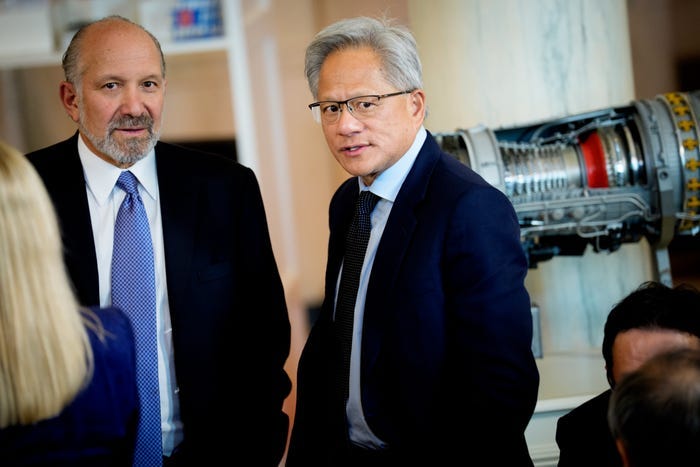[from the United States Department of Agriculture, Foreign Agricultural Service: Global Agricultural Information Network (GAIN)]
Australia: Stone Fruit Annual
Stone fruit production in Australia is forecast to decline in marketing year (MY) 2025/26, primarily due to the Bureau of Meteorology’s (BOM) projection of a wetter-than-average spring. If realized, these conditions are expected to negatively affect both yields and fruit quality. Cherry production is forecast to fall by ten percent, while peach and nectarine production is expected to drop by seven percent. Growing conditions to date have been favorable, with excellent winter chill hours supporting strong bud burst and production potential. However, the anticipated shift to wet spring weather is likely to undermine these early-season advantages. As a result, cherry exports are forecast to decrease by nine percent and peach and nectarine exports by seven percent. Imports, though starting from a low base, are projected to rise modestly in MY 2025/26.
Read the full article [archived PDF]
Chile: Stone Fruit Annual
Post projects exports of Chilean cherries to grow significantly in the coming years, driven by strong international demand, particularly from China. Post estimates cherry production in marketing year (MY) 2024/25 to reach 730,000 metric tons (MT), a 6.7 increase over MY 2024/25. Chilean cherry exports will increase by 7.2 percent reaching 670,000 MT. In MY 2024/25, Post estimates nectarine and peach production to total 205,000 MT, a 3.4 percent increase over MY 2024/25. Peach and nectarine exports will increase by 3.4 percent totaling 146,000 metric tons. This growth reflects the continued expansion of nectarine planting, which offsets the decline in fresh peach area planted.
Read the full article [archived PDF]
China: Call for Domestic Comments on 30 National Food Safety Standards
On August 1, 2025, the Chinese government announced a public comment period for 30 national food safety standards, open until September 26, 2025, via the national standards management system. The standards have not yet been notified to the WTO. This report includes an unofficial translation of the announcement and the list of standards, and stakeholders are advised to review the regulations for potential market or regulatory impacts.
Read the full article [archived PDF]
China: New CCP Regulation Expands Anti-Corruption and Frugality Measures
On May 18, 2025, the Chinese Communist Party and State Council issued a revised regulation on “Strict Economy and Opposing Waste by Party and Government Organs.” The regulation bans drinking alcohol at public receptions and events and discourages other forms of consumption that could be seen as extravagant. The FAS China offices are monitoring the potential impact on high-value U.S. agricultural products.
Read the full article [archived PDF]
China: Revised National Food Safety Standard for Paddy Rice Notified
On July 25, 2025, China notified a National Food Safety Standard for Paddy Rice to the WTO under G/TBT/N/CHN/2091. This national food safety standard includes mandatory requirements for quality, testing, inspection, packaging, and labeling of domestic and imported commercial paddy rice. This report provides an unofficial translation of the notified standard. Comments may be submitted to the China’s TBT National Notification and Enquiry Center at tbt@customs.gov.cn until August 24, 2025.
Read the full article [archived PDF]
Guatemala: Retail Foods Annual
Guatemala boasts a young population with a median age of 26 years and a growing middle class, driving increased demand for modern retail formats. However, traditional markets and informal retail remain prevalent across the country. In 2024, the United States exported $1.9 billion in agricultural and related products to Guatemala, with $886 million attributed to consumer-oriented goods. Key export categories included red meats, poultry, dairy products, fresh fruits, and processed vegetables.
Read the full article [archived PDF]
India: Cotton and Products Update
FAS Mumbai estimates MY 2025/26 India cotton production at 24.5 million 480-lb bales from 11.2 million hectares, down two percent from the previous estimate as farmers shift to higher-return crops like paddy, pulses, and cereals; kharif sowing decreased 2.4 percent from last year (as of August 1). An eight percent increase in the minimum support price (MSP) for medium- and long-staple cotton, effective October 1, is pushing fiber prices higher, encouraging mills to increase imports. Mill consumption is forecast at 25.7 million 480-lb bales, supported by steady yarn and apparel demand in key export markets and a potential export surge following ratification of the U.K.-India Comprehensive Economic and Trade Agreement (CETA).
Read the full article [archived PDF]
Japan: Stone Fruit Annual
Japan’s fresh cherry production for the 2025/26 marketing year (MY) is projected to be 12,500 tons. This forecast is a result of production losses caused by high temperatures during the pollination period in the country’s largest cherry-producing region. While this represents an 8.7 percent increase compared to the previous year’s historically poor harvest, it is expected to be a low yield year with a 25 percent decrease from the average production year. Due to the poor domestic production, demand for U.S. cherries is expected to remain strong for the 2025/26 MY, continuing the trend from the previous year. For peach production in Japan, the absolute number of fruits is anticipated to be equivalent to the previous year; however, the total production volume by weight is forecasted to decrease by approximately 10 percent because of high temperatures and low rainfall during the critical fruit growing period.
Read the full article [archived PDF]
Nicaragua: Nicaragua Peanut Report Annual
Nicaragua’s peanut farmers are expected to reduce harvested areas by at least five percent in marketing year (MY) 2025/26 in anticipation of lower prices due to increased Brazilian peanut production. FAS Managua expects farmers to be more rigorous in selecting production areas based on historical yields in MY 2025/26, excluding marginal lands with less fertile soil. Even with fluctuating market prices and adjustments to planted areas, Nicaragua is expected to remain a stable peanut producer in the region, with exports of shelled peanuts exceeding 70,000 metric tons annually.
Read the full article [archived PDF]
For more information, or for an archive of all FAS GAIN reports, please visit gain.fas.usda.gov.
